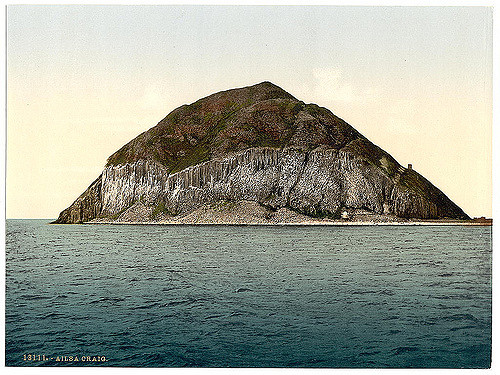‘Welcome’ and ‘sanctuary’ are both central concepts in resisting the anti-migrant and anti-refugee sentiment currently sweeping the world: they can form both a part of the problem of anti-migrant and anti-refugee sentiment, and the seeds of long-term human solidarity after that sentiment is gone.
Let’s start with the offer of welcome to migrants and refugees against a persistent regime of unwelcome in Australia, such as with campaigns like ‘Real Australians Say Welcome’ and ‘Welcome to Australia’.
As Reena Gupta pointed out here recently, such acts of support, which are aimed at non-white migrants to Australia, can be limited to the fantasies of white Australians who want to see themselves as racially tolerant, and part of a tolerant nation.
That is, the gesture of ‘welcome’ can be dominated by the desires of the welcomer to be seen as welcoming, thus failing to meet the ‘welcomees’ real need for safety, acceptance and cultural integrity. In such a way, ‘welcome’ can reinforce the very conditionality of national belonging that generates the need for welcome in the first place, demanding a national gratefulness from the welcomee so that the welcomer can maintain their sense of national welcomingness.
Speaking of her experience in the US and then Europe after her family ‘gained’ asylum from Iran, Dina Nayeri recently noted how, as a child refugee, the need for ‘a steady refrain of gratefulness’ was inculcated into her. In her words: ‘if I failed to stir up in myself enough gratefulness, or if I failed to properly display it’, she had a certain fear that she would ‘lose all that I had gained, this western freedom, the promise of secular schools and uncensored books’. She imbibed a strict sense that:
there were unspoken conditions to our acceptance, and that was the secret we were meant to glean on our own: we had to be grateful … As refugees, we owed them our previous identity. We had to lay it at their door like an offering, and gleefully deny it to earn our place in this new country.
Nayeri was welcomed, but the cost was that she must perform a gratefulness that obscured her entire conditions of being; this in order that Americans could feel good about having welcomed her from a place they deemed the opposite of American freedom.
As for the notion of ‘sanctuary’, it too can have a stagnant side. In Australia, it is a more nascent idea than welcome, with churches, at times, offering sanctuary to asylum seekers in the community facing removal to offshore detention centres and Sanctuary Australia Foundation providing material support to refugees.
While, like welcome, it is essential to ensuring that migrants and refugees are not turned away at a border where entry could provide immediate safety, the concept of ‘sanctuary’ spans similar limits to ‘welcome’ if the unequal terms of the relationship between sanctuary ‘giver’ and sanctuary ‘seeker’ are not understood or expanded. In Europe for example, ‘Cities of Sanctuary’ provide basic social services to asylum seekers awaiting the outcome of their applications for protection. However, as Jennifer Bagelman observed in research with the Glasgow City of Sanctuary, sanctuary measures such as employment programs and social events, all aimed at a future that is still in abeyance, can simply feel like ‘dependency, uselessness, and invisibility’ for people who have no other choice but to rely on the self-congratulatory services of the sanctuary city, all while having no certainty about whether a life without the need for sanctuary will ever be possible.
Welcome can be conditional on the form of your arrival, such as in Australia where support for migrants and refugees ends at boat arrivals, and, sanctuary can feel like an eternal state of subjugated abeyance, as Bagelman reports. These problems with welcome and sanctuary exist because there is no welcome without exclusion and no sanctuary without persecution. The very roots of sanctuary belie this. The historical purpose of sanctuary was to prevent blood feud and keep the peace of nations by preserving bare life. Within this, while sanctuary has always been compassionate, it has also always assumed a certain culpability – presuming suspicion (if not punishment) of the person who must be deemed worthy of entry over the border.
As efforts at welcome and sanctuary cannot undo the presumption of unequalness and can only make basic provisions for maintaining human life, we must continue the fight for migration justice long after welcome has been made and sanctuary has been won. How do we break out of the conditions that generate the need for welcome and sanctuary in the first place? There can be no welcome or sanctuary without a vision of collective life after welcome and sanctuary.



